A foot massage is more than just a relaxing treat; it is a therapeutic practice that can significantly improve your overall well-being. By applying gentle pressure, kneading, and stimulating specific points on the feet, a skilled foot massage can alleviate pain, reduce stress, and promote better health. Whether performed professionally or as a DIY routine at home, understanding the benefits and techniques of foot massage can unlock a pathway to physical comfort and mental tranquility.
Benefits of Foot Massage
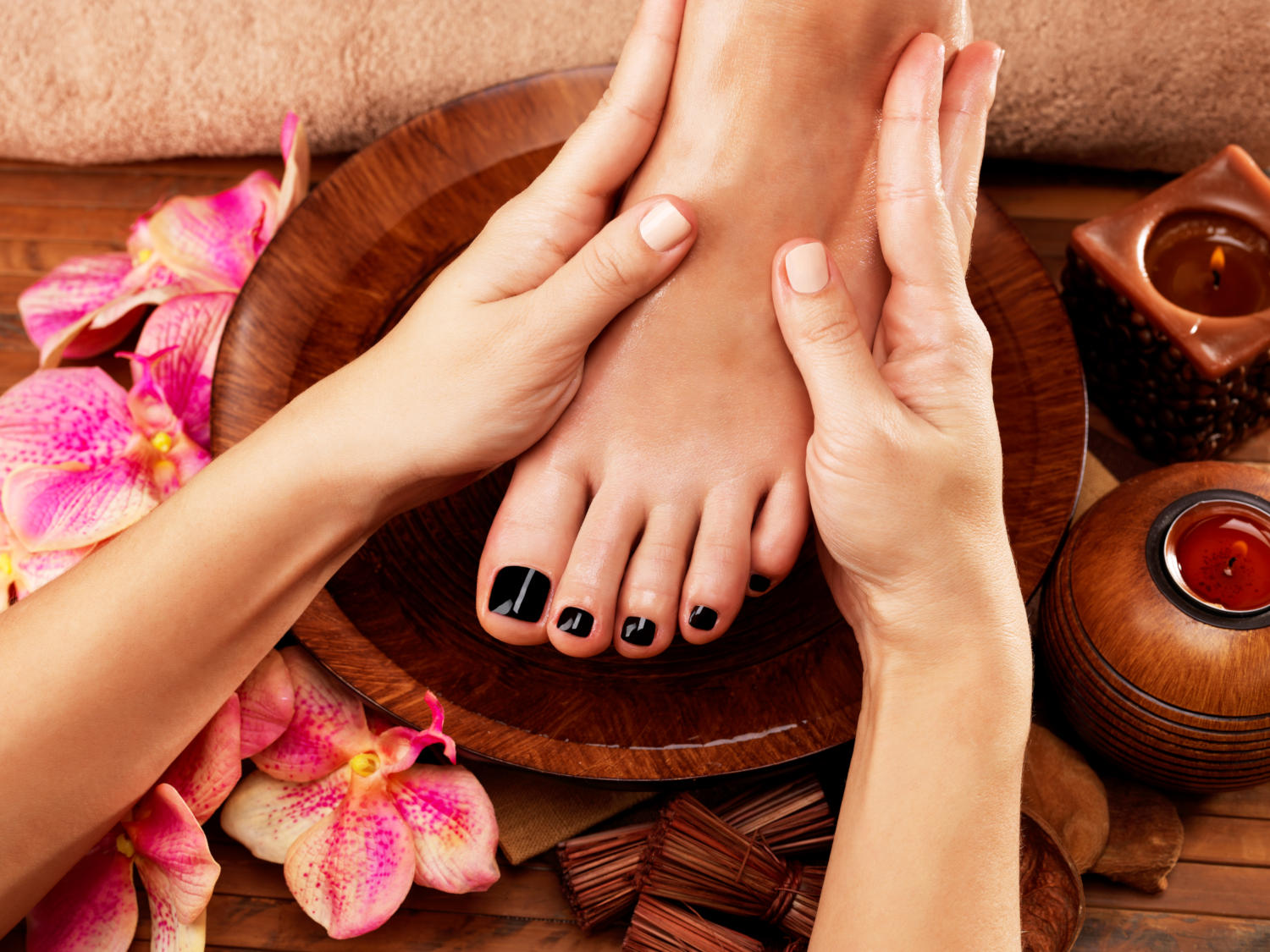
The advantages of engaging in regular foot massages extend beyond mere relaxation. This ancient practice, rooted in many cultures including Chinese, Ayurvedic, and reflexology traditions, offers a multitude of health benefits that can enhance your quality of life. From relieving tension to improving circulation, the positive effects are both immediate and long-term, making foot massage a valuable addition to your wellness routine.
Before diving into the practical aspects, it’s essential to grasp how foot massage impacts your body and mind. The interconnectedness of the feet with various systems in the body makes this practice particularly potent. To fully appreciate its potential, we will explore different categories of benefits, supported by insights from modern science and holistic health principles.
Physical Health Benefits
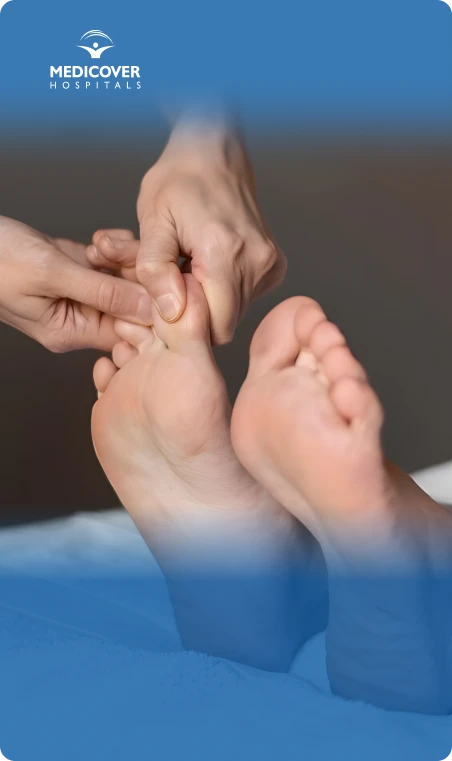
Foot massage has been shown to provide substantial physical health benefits, especially related to musculoskeletal issues, circulation, and nerve function.
Firstly, one of the primary physical benefits of foot massage is pain relief. Many individuals suffer from ailments such as plantar fasciitis, heel spurs, or general foot soreness due to prolonged standing, injury, or age-related changes. Gentle manipulations and targeted pressure can soothe inflamed tissues, easing discomfort and promoting natural healing.
In addition to pain alleviation, foot massage enhances blood flow—a critical factor in overall health. Improved circulation means oxygen-rich blood reaches tissues more efficiently, accelerating recovery from fatigue, reducing swelling, and enhancing skin health. For those with circulatory problems, such as peripheral artery disease, regular foot massage can serve as a supportive therapy to maintain vascular health.
Furthermore, foot massage stimulates nerve endings located throughout the soles and toes, which can lead to better nerve function over time. For diabetics or individuals with neuropathy, this stimulation may help manage symptoms by maintaining nerve responsiveness and reducing numbness or tingling sensations.
Another significant physical benefit involves lymphatic drainage. Gentle, rhythmic movements during massage encourage the removal of toxins and waste products from tissues, supporting immune function and reducing the risk of infections or inflammation.
Lastly, for athletes or physically active individuals, foot massage can assist in recovery after strenuous activity. It reduces muscle tightness, prevents cramps, and prepares the feet for future exertion. Regular sessions can also help identify early signs of issues like bunions or deformities, prompting timely intervention.
Table 1: Summary of Physical Benefits of Foot Massage
| Benefit | Description | Impact |
|---|---|---|
| Pain Relief | Eases chronic or acute foot and leg pain | Increased comfort, improved mobility |
| Improved Circulation | Enhances blood flow to lower extremities | Faster recovery, reduced swelling |
| Nerve Stimulation | Activates nerve endings for better nerve health | Reduced numbness, enhanced sensory feedback |
| Lymphatic Drainage | Promotes toxin removal and immune support | Better health, reduced inflammation |
| Muscular Recovery | Aids in muscle relaxation and injury prevention | Less soreness, improved performance |
Psychological and Emotional Benefits
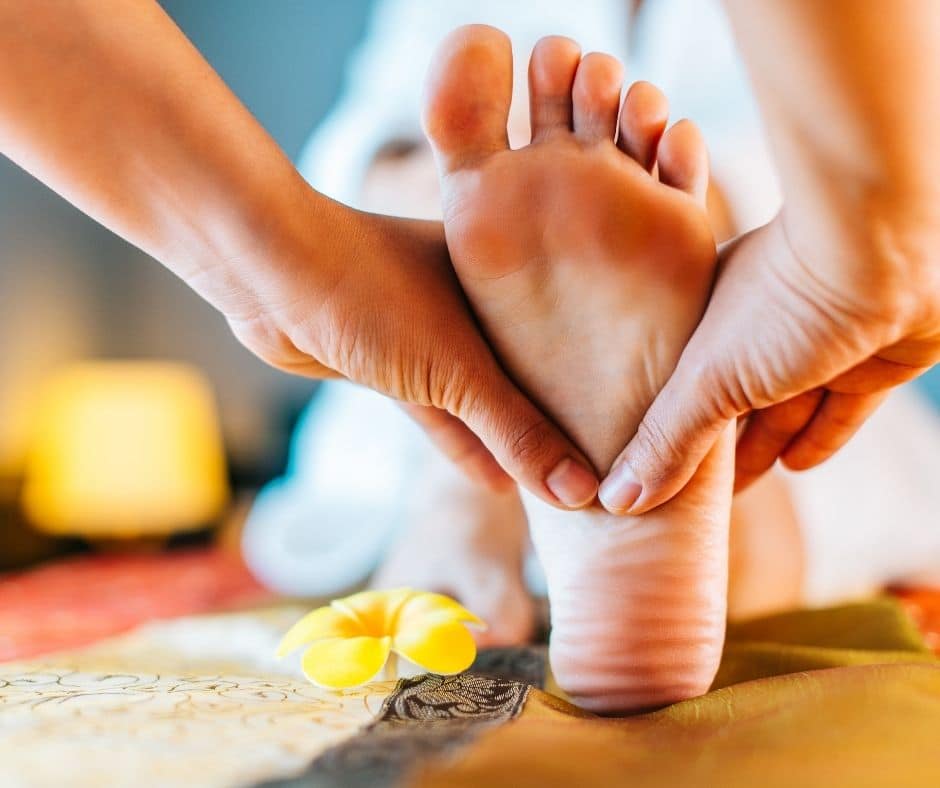
Beyond physical health, foot massage offers profound psychological and emotional rewards. The act itself is inherently calming, encouraging mindfulness and stress reduction through soothing touch and rhythmic movements.
Regular foot massages can significantly diminish anxiety, depression, and tension. When you indulge in a session, whether at a spa or at home, your body releases endorphins—natural mood elevators—creating feelings of happiness and well-being. The connection between touch and emotional health is well-established; gentle massage signals safety and comfort to the nervous system, reducing cortisol levels, the hormone associated with stress.
Moreover, the feet are considered a mirror of the body’s state in many traditional practices like reflexology. By stimulating specific zones on the feet, practitioners aim to balance emotions and clear mental blockages. Although scientific evidence continues to evolve, anecdotal reports consistently highlight feelings of relaxation, mental clarity, and emotional release following foot massage.
Another psychological benefit involves sleep quality. Massaging the feet before bedtime can promote relaxation, ease insomnia, and establish a calming routine that enhances restorative sleep. Better sleep leads to increased energy, improved mood, and resilience against daily stressors.
Social and relationship benefits also come into play when loved ones perform foot massages for each other. Acts of giving and receiving touch strengthen bonds, foster intimacy, and cultivate compassion—all contributing to a happier, healthier emotional state.
Long-Term Lifestyle Improvements
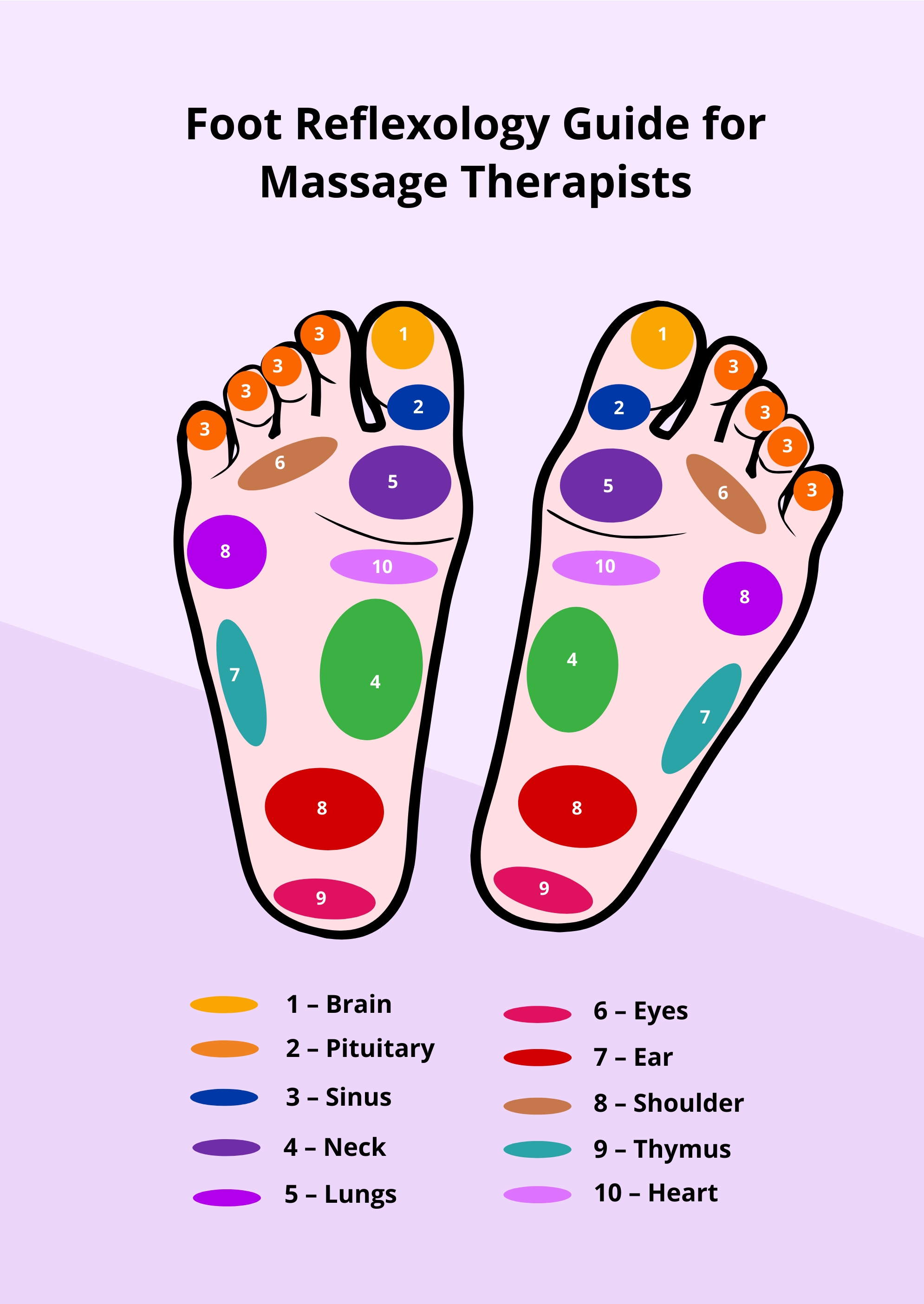
Incorporating regular foot massage into your wellness routine can generate long-term lifestyle enhancements. As part of a holistic approach to health, foot massage encourages greater awareness of bodily needs and promotes self-care habits.
Over time, individuals who prioritize foot health often develop better posture and gait patterns because they become conscious of foot alignment and tension. This mindfulness can prevent future injuries and improve overall biomechanics.
Furthermore, consistent foot care, combined with massage, helps maintain flexible joints and healthy skin. For example, people prone to dry or cracked heels find that routine massage combined with moisturizing prevents skin breakdown and fungal infections.
In terms of preventative health, foot massage can serve as an early detection tool. Skilled therapists often notice abnormalities or signs of systemic issues during a session, such as swelling, discoloration, or unusual tenderness, prompting medical attention before problems escalate.
Finally, adopting foot massage as part of your daily or weekly routine cultivates discipline and self-compassion. Investing time in caring for your feet symbolizes respect for your body’s foundation, leading to increased overall mindfulness about health and lifestyle choices.
Read more: Understanding Types of Massage: Which One Suits You Best?
How to Give a Relaxing Foot Massage
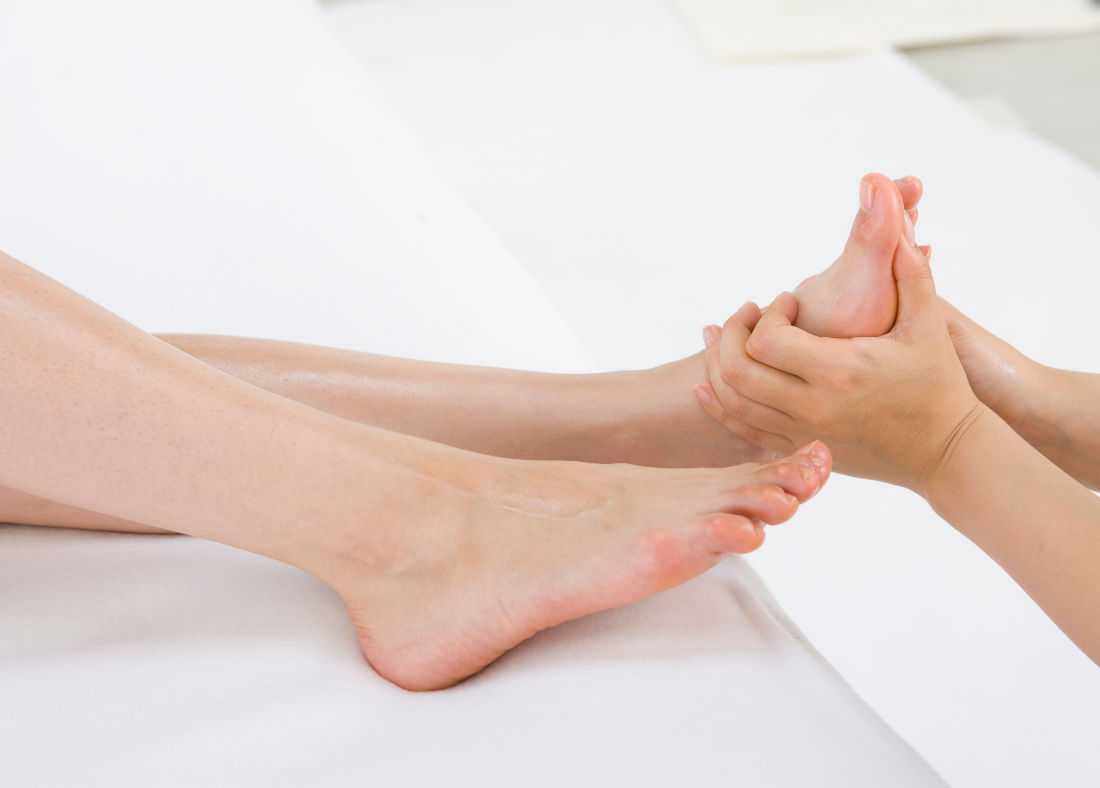
Learning how to give an effective and relaxing foot massage can not only save money but also empower you to enjoy personalized wellness sessions at home. From preparing your environment to applying the right techniques, every step contributes to creating a soothing experience that benefits both giver and receiver.
Before starting, it’s important to create an ambiance conducive to relaxation. Soft lighting, calming music, and a comfortable chair or massage table set the stage. Using high-quality oils or lotions enhances glide and comfort, reducing friction and preventing skin irritation.
The fundamental goal of a relaxing foot massage is to relieve tension, stimulate circulation, and promote mental calm. To achieve this, focus on gentle, deliberate movements, paying attention to the specific needs and responses of the recipient.
Preparing Your Space and Tools
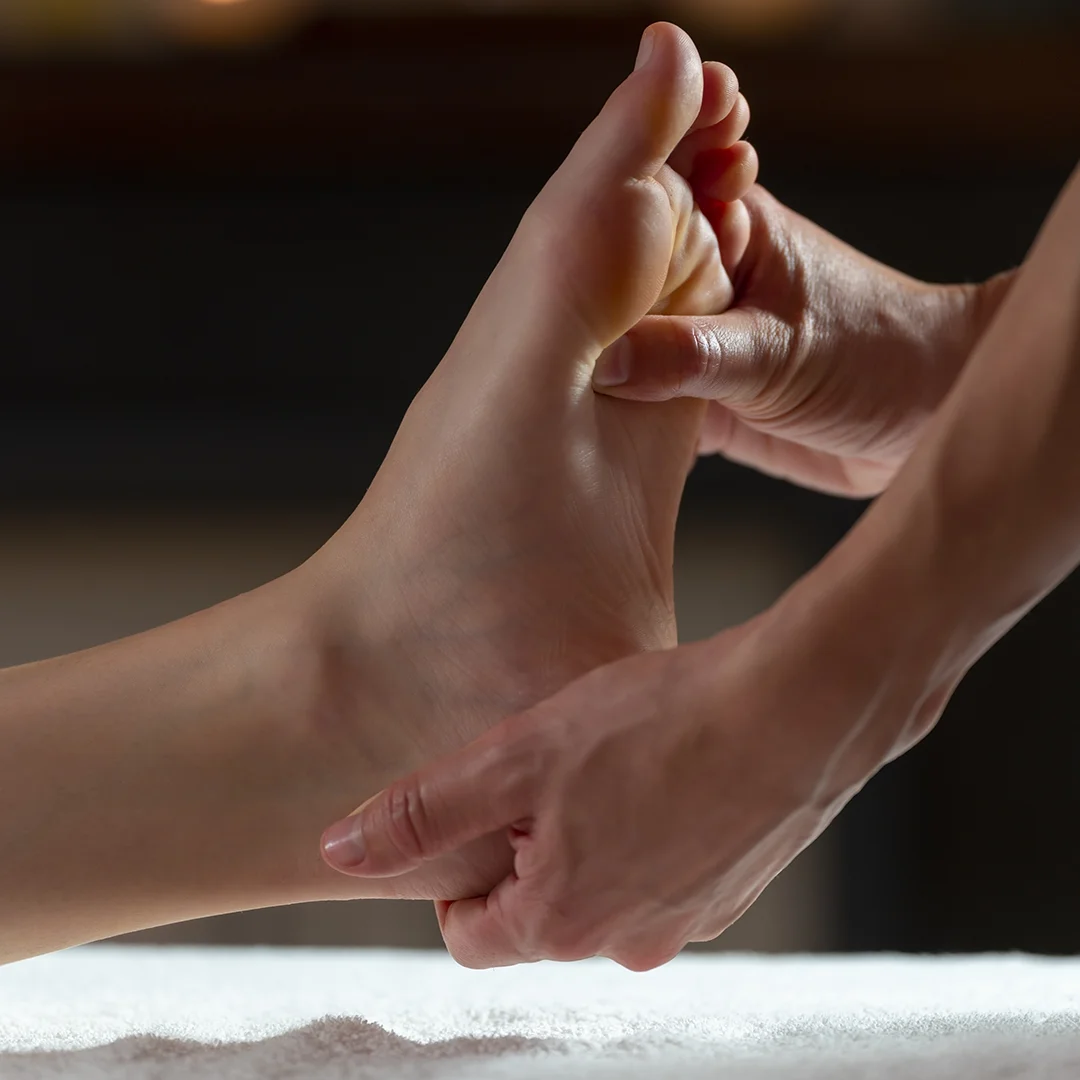
Creating the right environment is crucial for a successful foot massage. Begin by selecting a quiet, clean space where interruptions are minimized. Dimmed lights and perhaps some aromatherapy with lavender or eucalyptus can provoke a serene atmosphere.
Gather your tools beforehand: a good quality massage oil, lotion, or even coconut oil, along with towels for draping or wiping excess oil. If you wish, add a foot basin filled with warm water for pre-massage soaking, softening the skin and relaxing muscles.
Ensure your hands are clean and nails trimmed to avoid accidental scratching. Warm your hands by rubbing them together or immersing briefly in warm water, as cold hands can detract from the soothing effect.
Step-by-Step Technique for a Relaxing Foot Massage
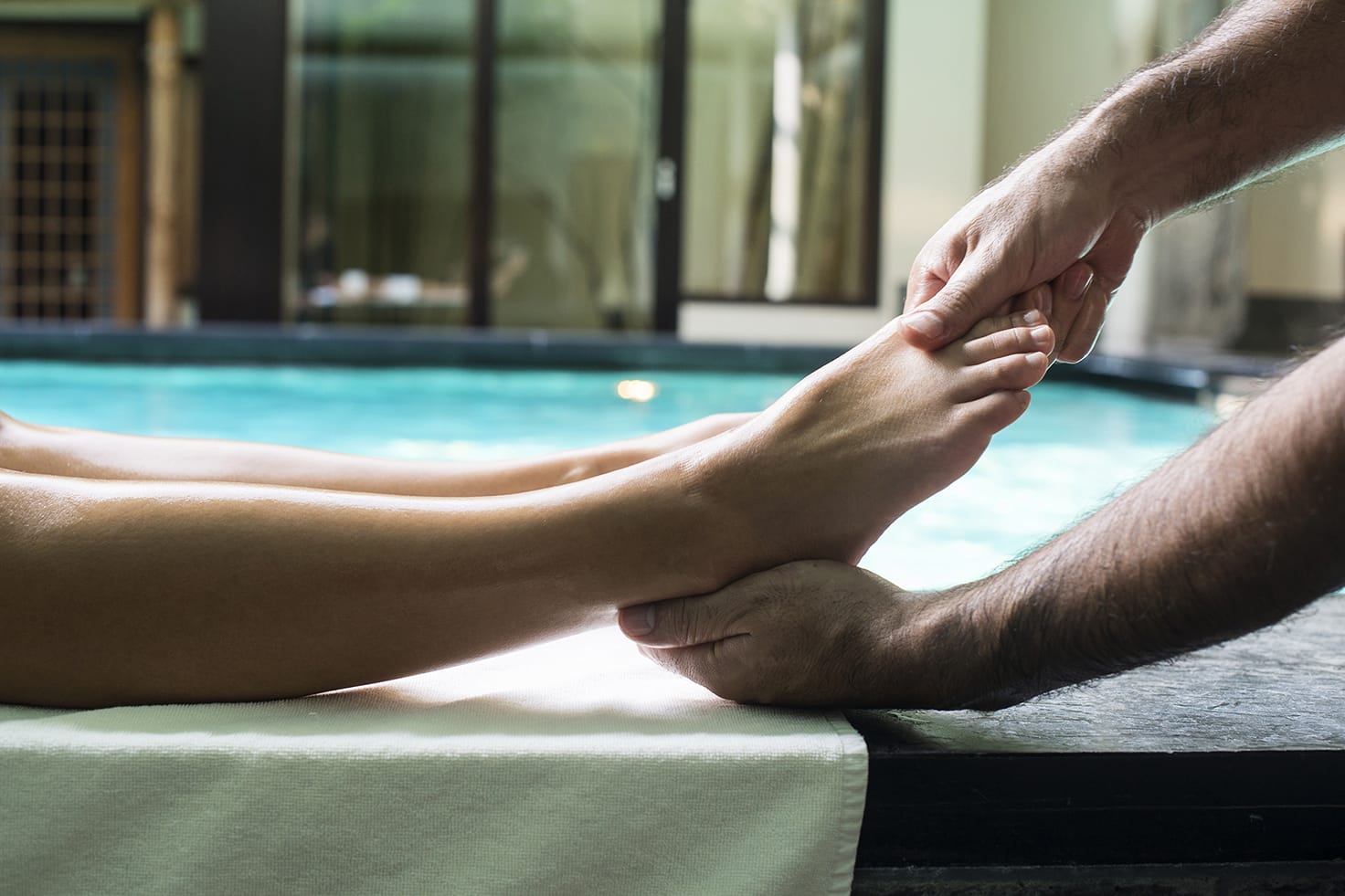
Start by asking the recipient if they have any specific areas of tension or discomfort. Communication ensures a tailored, effective massage experience.
Begin with gentle strokes along the top of the foot using your palms or fingertips, gradually increasing pressure as tolerated. Light effleurage motions help warm the tissue and prepare it for deeper work.
Next, focus on the sole, applying firm but gentle kneading to the arch and ball of the foot. Use your thumbs or knuckles to target tender spots, but always remain attuned to feedback. Remember, the goal is relaxation, not causing pain.
Incorporate circular motions around the heel and ball areas, stimulating blood flow. Pay special attention to the toes—gently stretching, pulling, or massaging each toe individually can release built-up tension and improve flexibility.
Integrate gentle compression and release techniques along the length of the foot, mimicking the natural flow of lymphatic fluid. Finish with light stroking outward from the toes to the ankle, signaling the end of the massage.
Tips for Maximizing Relaxation and Effectiveness

Consistency in pressure and rhythm profoundly influences the calming effect. Maintain a steady tempo, avoiding abrupt or uneven movements, which could cause discomfort or diminish tranquility.
Using aromatic oils not only nourish the skin but also invoke sensory pleasure, amplifying relaxation. Be mindful of allergies—test a small amount of oil beforehand.
Encourage deep breathing during the session to deepen relaxation. You might instruct the recipient to inhale slowly through the nose and exhale fully through the mouth, aligning breath with massage strokes.
Pay attention to the feedback you receive. If certain areas seem sensitive or tense, spend extra time gently working them out. Conversely, if pain occurs, back off slightly, prioritizing comfort over technique.
After completing your massage, recommend resting for a few minutes with the feet elevated, allowing the body to absorb the benefits. Wipe excess oil if necessary and advise hydration to aid detoxification.
Choosing the Right Foot Massage Therapist

Whether seeking professional treatment or consulting someone experienced, choosing the right foot massage therapist is crucial for optimal results. The right practitioner not only provides skilled technique but also fosters a trusting environment where your specific needs are prioritized.
Understanding what qualities and credentials to look for can help you make an informed decision. A competent therapist combines technical expertise with empathy, attentiveness, and knowledge of anatomy and holistic health principles.
Before booking an appointment, consider researching reviews, certifications, and the therapist’s specialization. Personal recommendations from friends or family can also guide you toward experienced professionals who align with your expectations.
Read more: Masseuse vs. Massage Therapist: What’s the Difference?
Qualifications and Certifications to Consider
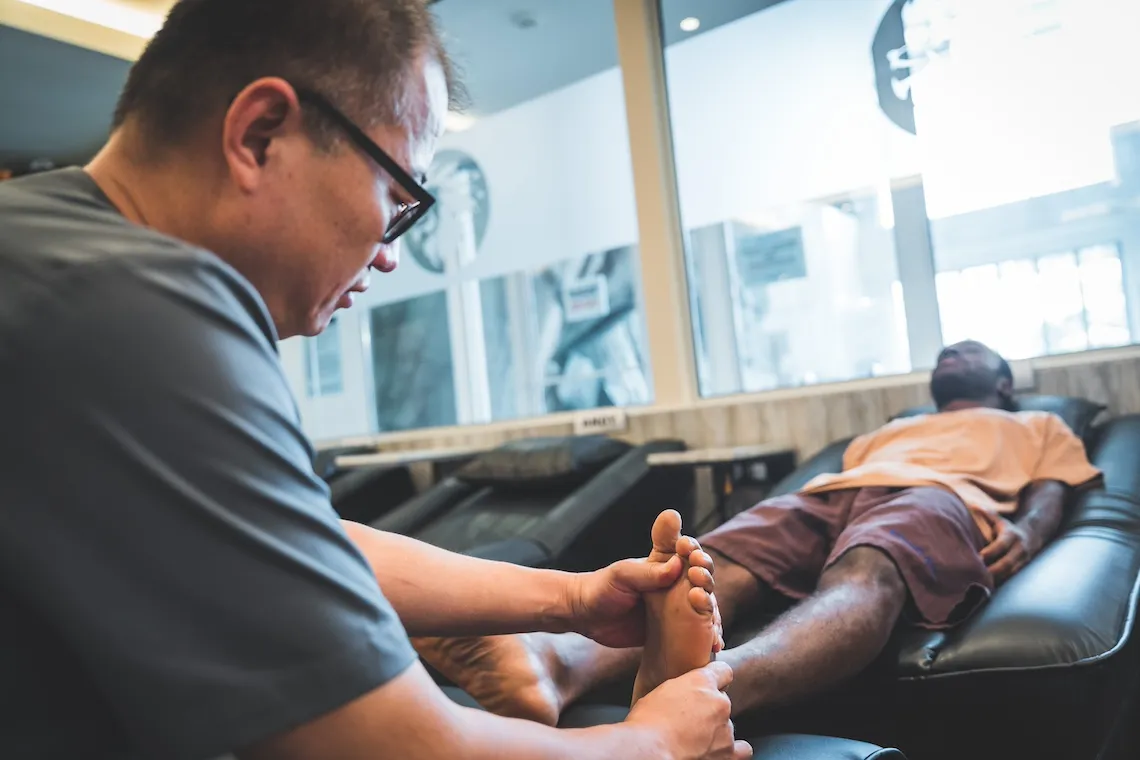
Professional certification ensures that the therapist has undergone formal training, understands anatomy, and adheres to ethical standards. Look for licenses or diplomas from reputable schools or associations specializing in massage therapy or reflexology.
In addition to basic certification, some practitioners pursue advanced studies in specific modalities such as shiatsu, Thai massage, or reflexology. These additional qualifications often indicate a deeper understanding of foot-specific techniques and holistic health approaches.
Ask about their experience with particular health conditions, such as diabetes, neuropathy, or sports injuries. An experienced therapist will tailor their techniques accordingly and be able to recognize signs indicating the need for medical referral.
Factors That Influence Choice

Comfort and rapport are essential. Schedule a consultation or initial session to assess whether you feel at ease with the therapist’s demeanor and professionalism. Clear communication about your goals and health concerns enables the therapist to customize your treatment.
Location and accessibility matter—select a place that fits into your routine and offers a clean, welcoming environment. Consider the availability of appointments, pricing, and service packages.
Insurance coverage can also influence your choice, especially if you plan to incorporate regular foot massages as part of a broader wellness plan. Some health plans now include complementary therapies, so verifying coverage options is worthwhile.
Questions to Ask When Selecting a Therapist
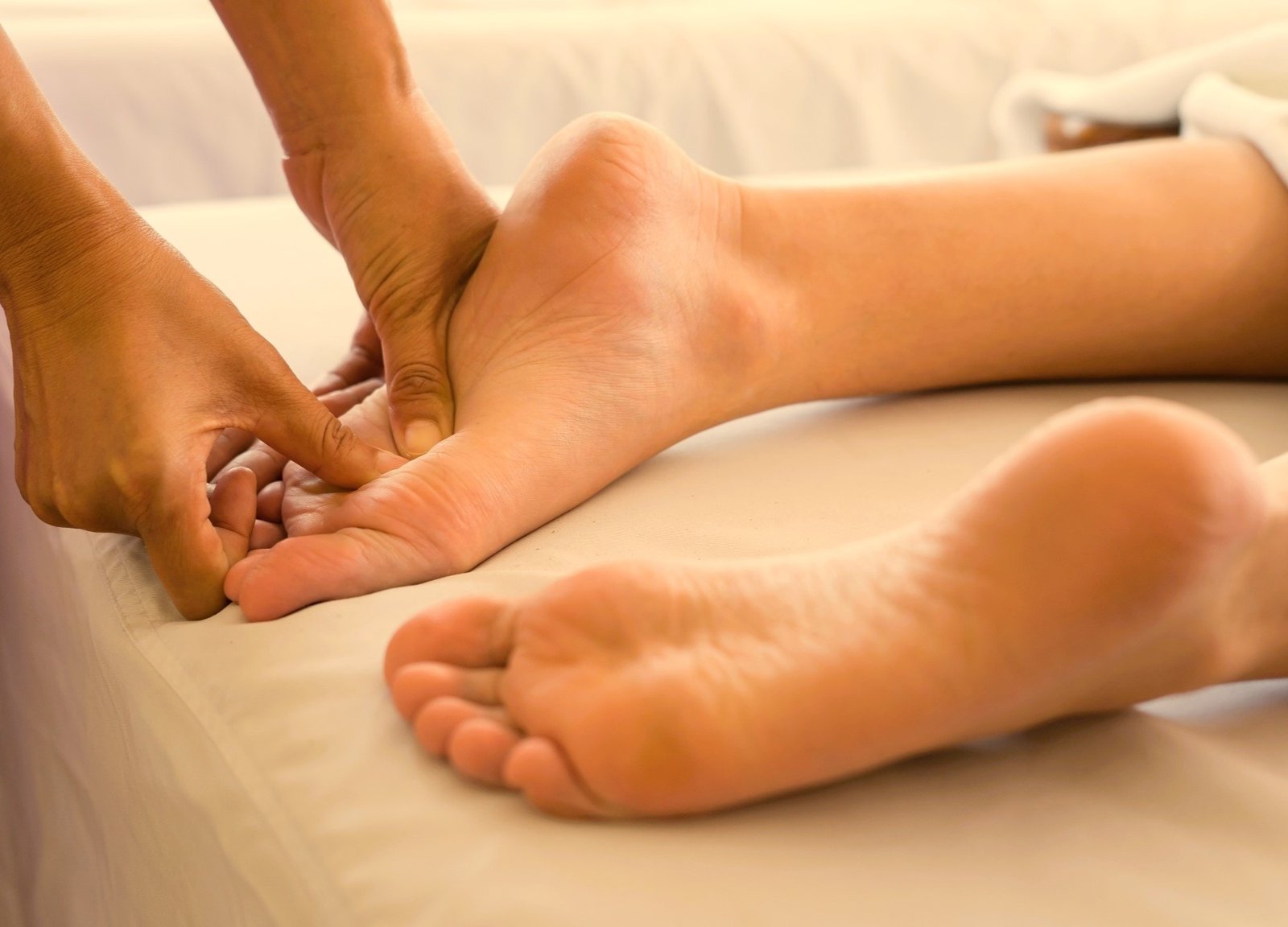
- What certifications and training do you hold?
- Do you have experience dealing with specific foot or health conditions?
- Can you describe your typical foot massage techniques?
- How do you ensure client comfort and safety?
- What should I expect during and after the session?
Having open dialogue with your potential therapist facilitates mutual understanding and sets realistic expectations, ensuring a positive and beneficial experience.
Conclusion
A foot massage is a powerful and accessible modality that offers a wide spectrum of benefits—from easing pain and improving circulation to enhancing mental well-being and fostering long-term health habits. Mastering simple techniques allows you to bring comfort into your daily routine or provide soothing relief to loved ones. When seeking professional care, selecting a qualified, empathetic therapist ensures safe, effective, and personalized service. Embracing foot massage as part of your lifestyle can lead to a more relaxed, balanced, and health-conscious life, grounding you physically and emotionally in the journey toward holistic wellness.
